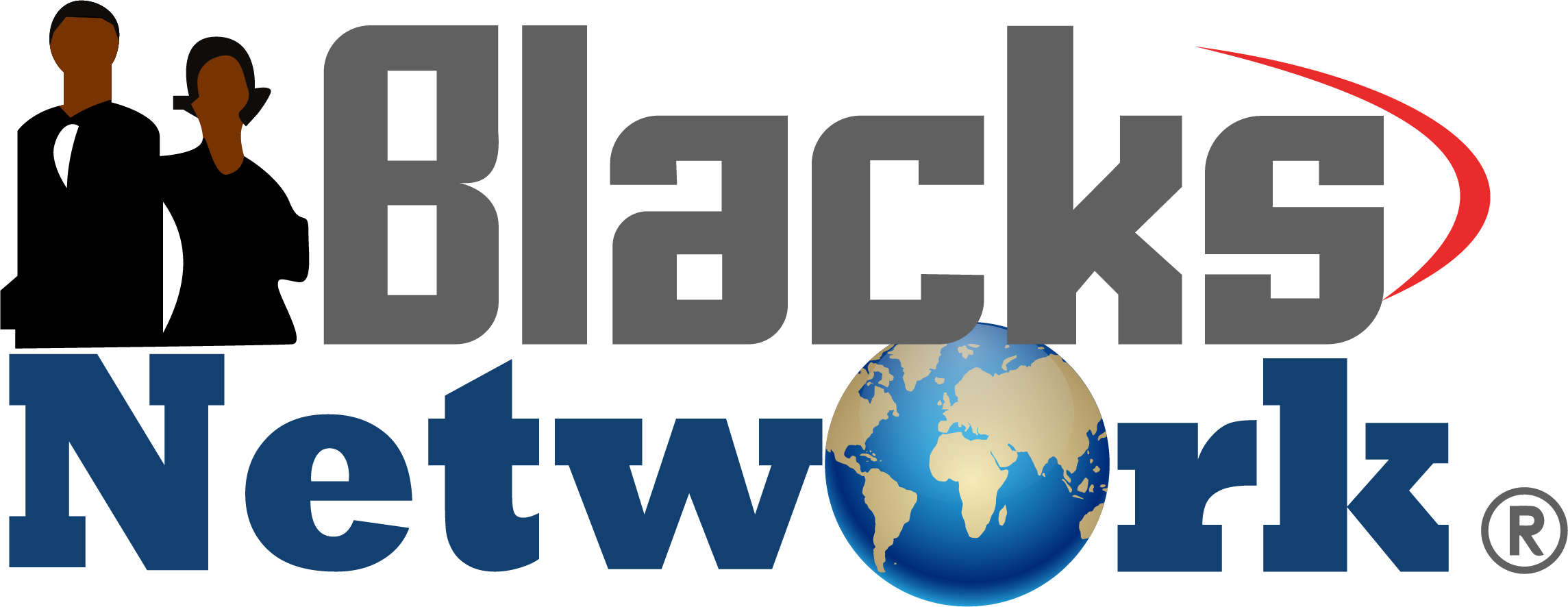Global Trioctyldodecyl Citrate Market 2025–2032: Key Trends, Regional Insights, and Market Opportunities
Global Trioctyldodecyl Citrate Market is poised for steady expansion, with its valuation reaching US$ 95.2 million in 2023. Industry analysts project the market to grow at a CAGR of 4.8% through 2030, driven by increasing demand for specialty plasticizers in personal care and cosmetic formulations.
Get Full Report Here: https://www.24chemicalresearch.....com/reports/272435/
Ontdekken posts
Choosing the Right Sluice Gate | Yooil Envirotech
Explore sluice gate types, designs, and mechanisms to choose the best fit for your water project with expert guidance from Yooil Envirotech.
https://www.yooil.co.in/blog/c....hoosing-the-right-sl
From Sore Toes to Smiles: The Real Cost of Poorly Fitted School Shoes
When school shoes don’t fit, kids feel it—literally. Soreness, tripping, and even lack of focus can stem from bad sizing. Learn why using a Shoe Size Chart for Kids is key to getting it right, and how a proper fit helps children stay confident, active, and distraction-free. ToeZone offers a fit-first approach so your child can put their best foot forward every single day.
Know More https://www.bondhuplus.com/pos....t/785094_shoes-for-s
Potassium Lauryl Phosphate (MAPK) Market Forecast: Size, Share, and Emerging Trends 2025-2032
Global Potassium Lauryl Phosphate (MAPK) market is experiencing steady expansion, with its valuation reaching approximately USD 45 million in 2024. According to industry projections, the market is expected to grow at a CAGR of 5.8% through 2030, driven by rising demand in personal care and industrial cleaning applications.
Get Full Report Here: https://www.24chemicalresearch.....com/reports/273204/
Right Size, Right Start: ToeZone’s Guide to Fit-Focused School Shoes
When it comes to school shoes, size isn’t just a number—it’s the foundation of comfort, confidence, and healthy growth. At ToeZone, we design shoes with a built-in sizing guide so you can choose with confidence. No more guessing, no more squished toes. Just a perfect fit for every playground sprint and classroom sit. Because getting it right means getting them ready for everything.
Know More https://medium.com/@toezone2/s....hoes-for-school-why-
Global Cetyl Lactate Market Report 2025: Steady Growth Driven by Clean-Label and Premium Cosmetic Demand
Global Global Cetyl Lactate Market continues to demonstrate steady growth, with its valuation projected to expand at a moderate CAGR during the forecast period. Cetyl lactate, a vital emollient in cosmetic and personal care formulations, plays a pivotal role in the production of skincare and haircare products due to its skin-conditioning properties and natural sourcing from palm or coconut oils and lactic acid.
Get Full Report Here: https://www.24chemicalresearch.....com/reports/272432/
Top Trends in Web Development Company Services 2025
Discover the latest innovations with VRS Technologies, a leading Web Development Company in Saudi Arabia. From AI-driven design to PWAs, voice search, and secure, accessible websites, we deliver future-ready solutions. Call us at +966-50-6911728 to upgrade your digital presence today.
Visit us : https://www.vrstech.sa/web-dev....elopment-services-in
Lauryl Phosphate (MAE) Market Analysis 2025–2032: Sustainability, Bio-Based Variants, and Emerging Growth Opportunities
Global Lauryl Phosphate (MAE) market continues to demonstrate steady growth, valued at US$ 215 million in 2023 with projections indicating a CAGR of 4.3% through 2030.
Get Full Report Here: https://www.24chemicalresearch.....com/reports/273206/
https://www.databridgemarketre....search.com/reports/g
https://www.databridgemarketre....search.com/reports/g









 1 (877) 773-1002
1 (877) 773-1002